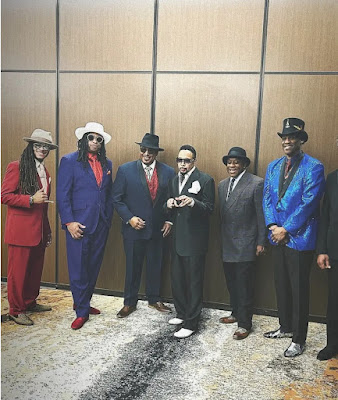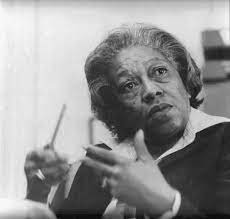May 21, 2023 Richard Samuel Roberts
Richard Samuel Roberts was one of South Carolina’s most famous photographers in the 1920’s and 1930’s. However, for more than 40 years after his death in 1936, this most accomplished of photographer remained virtually unknown to all but his family and those who had been his closest friends.
A self-taught photographer, Roberts operated his own studio in Fernandina, Florida, where he gained a reputation as a portrait maker. Success was achieved as a result of long hours of study which could only be done after he had finished his day’s work as a stevedore and later as a fireman laborer.
He read books and magazines on photography, becoming familiar with the nuances of lighting, angles, shadows and backgrounds. His dream was to become a master portrait-maker, with every image a true likeness of the subject. Roberts and his wife moved to Columbia, South Carolina in 1920. Employed as a post office custodian, he rented a studio on Washington Street in 1922.
For the next 14 years, the thousands of pictures that Roberts took comprise a stunning visual history of every aspect of the African-American community in South Carolina’s capital city . He frequently took his camera into the heart of the segregated black district of Columbia an also to other towns and cities in the state.
He did not, however, restrict his photography to African-Americans. He made portraits of all people, regardless of race or economic conditions. Roberts was an innovator and a perfectionist. Because his small studio has only limited floor space and poor natural light, he was forced to improvise in his use of equipment and background.
He prided himself on the quality of his work. “No other gift causes so much real and lasting joy as the gift of your photograph,” he wrote in a leaflet publicizing his activities in the 1920’s. To have “a true likeness” of oneself was just as necessary as every other necessity in life.
After his death in 1936, his children stored these negatives in a cool, dry space beneath the family home in the Arsenal Hill section of Columbia. The quality and scope of Roberts’ work came to light in 1977 when researchers at the University of South Carolina’s South Caroliniana Library contacted his children who were able to retrieve more than 3,000 negatives.
All of the pictures were more than 40 years old. According to Caroliniana’s Dr. Thomas Johnson, “their clarity, their meticulous but natural composition, and the dignity of the subjects were readily apparent.” The discovery of the glass negatives initiated a major research and preservation project. Johnson, with the invaluable cooperation of the Roberts family and a field archival team at Caroliniana, interviewed numerous people throughout the Columbia area to identify the people on the portraits.
Dr. Phillip Dunn, a University of South Carolina art professor with a specialty in photography, began an arduous two and a half year task of cleaning and restoring the plates. The culmination of their work was a display of Roberts’ photographs at the Columbia Museum in 1986 as part of the city’s bicentennial celebrations.
Many of Roberts’ portraits have been collected and published in a book, A True Likeness–The Black South of Richard Samuel Roberts: 1920-1936. The pictures are the most realistic collective images of South Carolina’s African-American life in the 1920’s and 1930’s, especially the rise of the economically secure middle class.
An outstanding photographer, Roberts showed that self-determination is often the key to success. He shares his time in history with those who lives he documented through photography.
His work is stunning.





Comments
Post a Comment